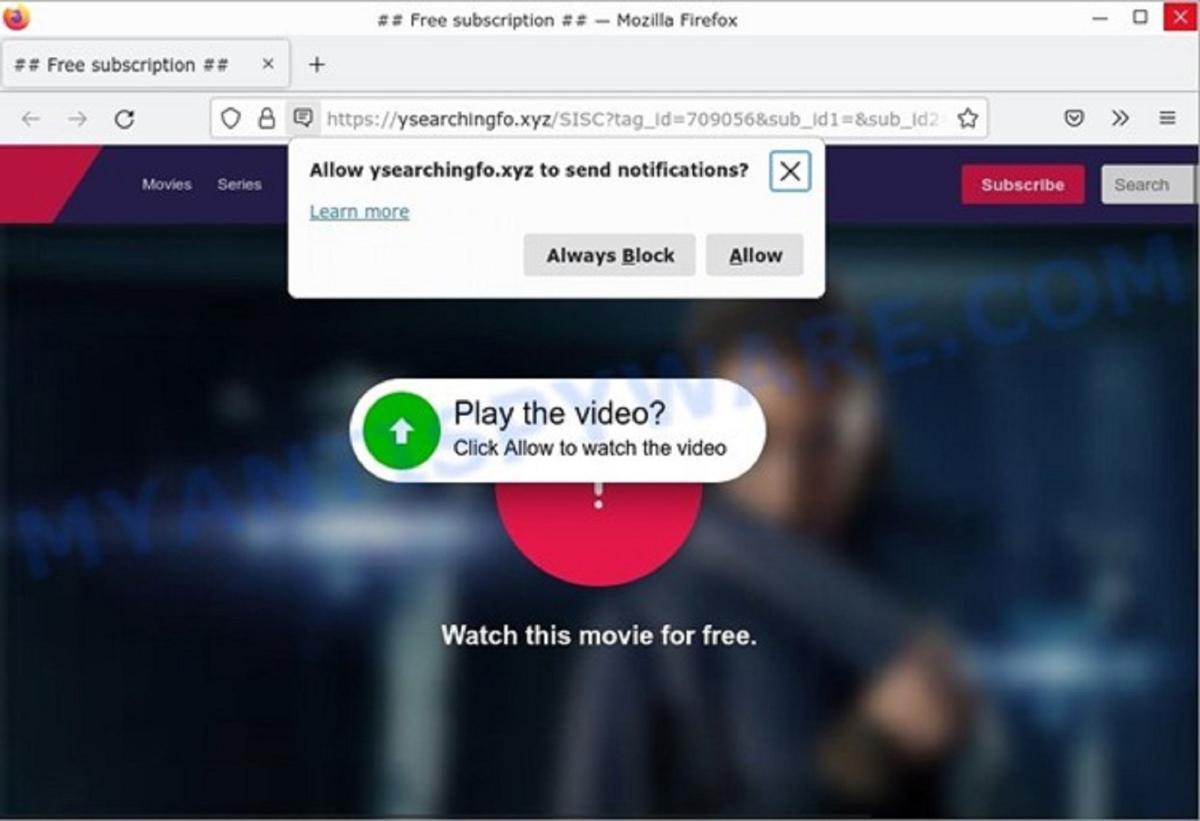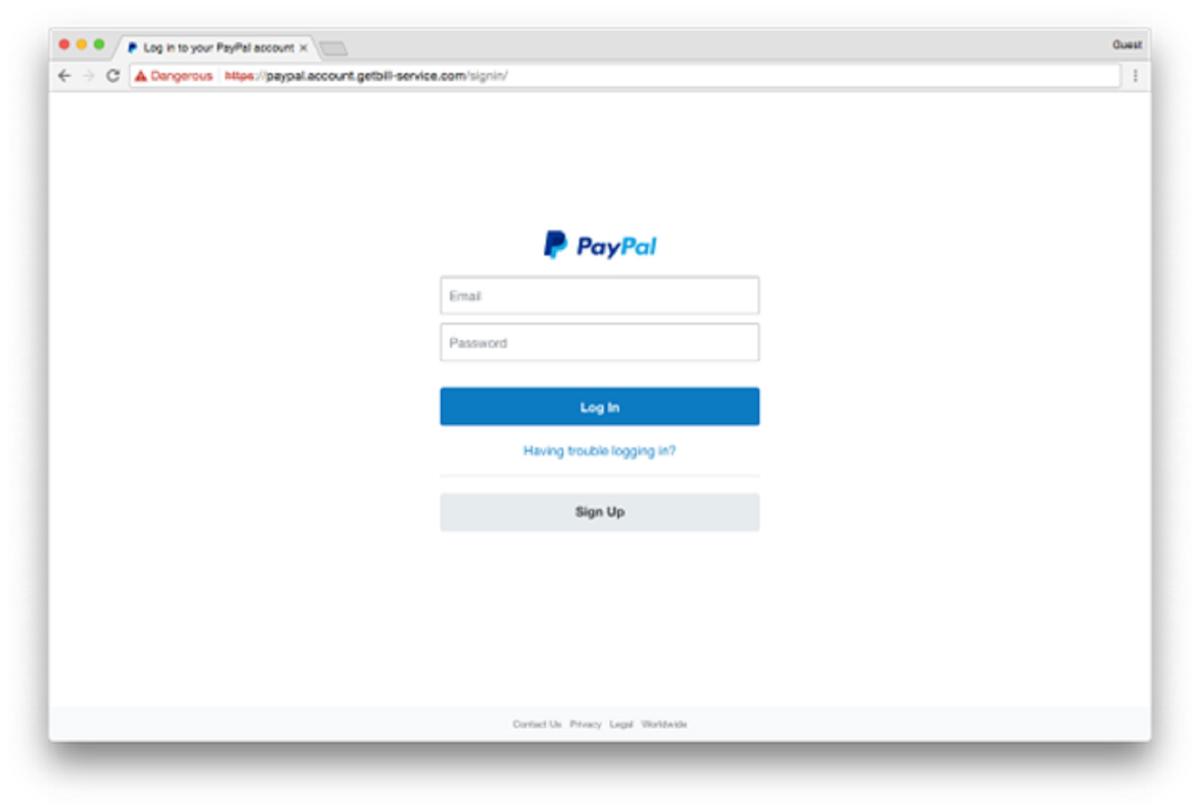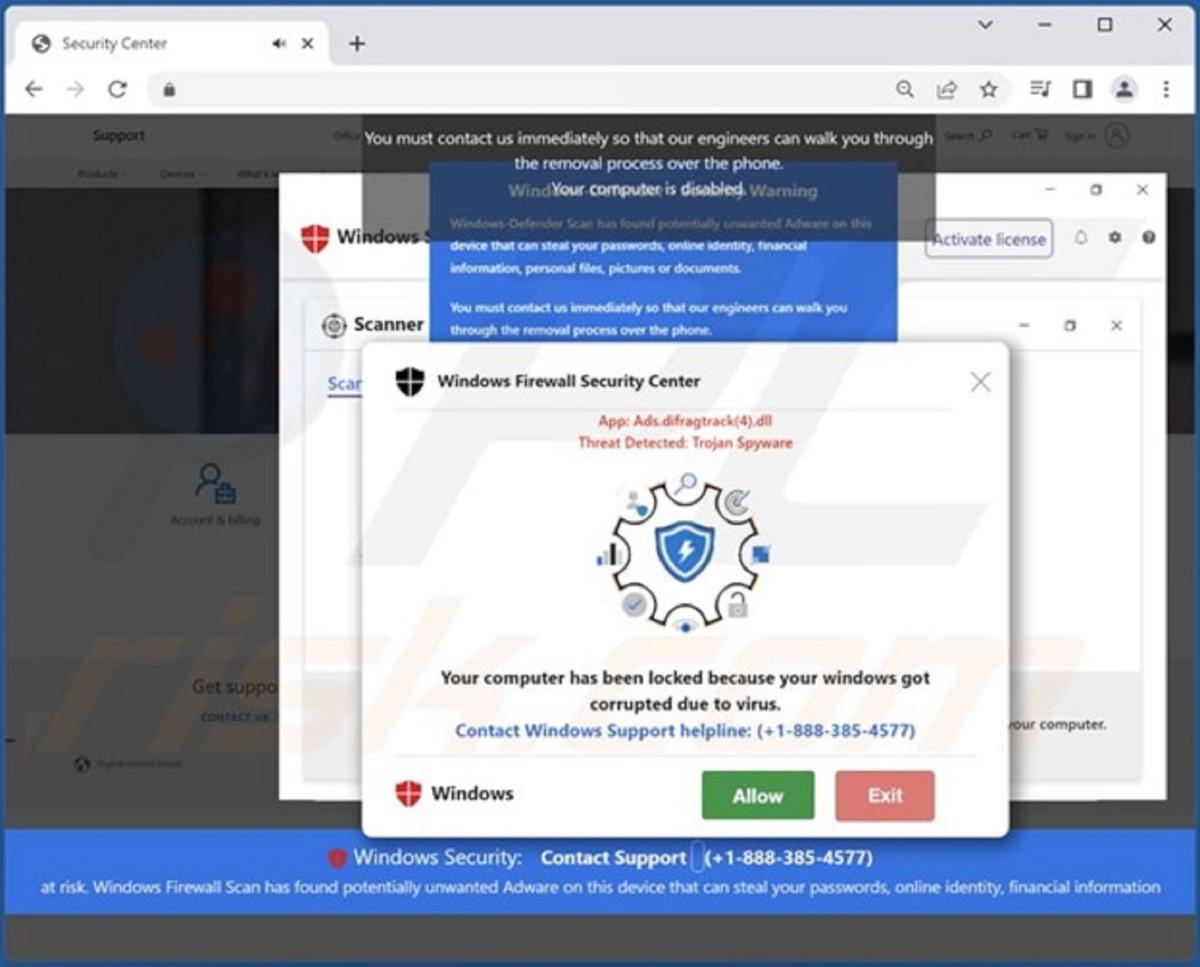
Identifying Unsafe Sites When Posting Links
Some general rules of thumb when posting content linked to external sites:
- If a site is offering content for free that seems too good to be true, it most likely is.
- Sites that may contain a typo in a common name or added text to a link can be illegitimate.
- Sites that use a fake landing page that appear similar to a legitimate site can be illegitimate.
- Sites containing a large number of popup advertisements and links that open new tabs are most likely illegitimate.
Examples
Content that is too good to be true

Sites that follow this format where it offers a free movie, plus a popup saying “click allow to watch the video” should not be trusted and assigned as part of an assignment. Please note this is also a common website technique for other forms of media such as textbooks and books.
Sites containing a typo or added text to a URL + a fake landing page

There are illegitimate websites that may contain URLs that seem legitimate by using recognizable names to provide a false sense of security. This fake URL in combination with a copied landing page is a common technique for attackers to use. Please be cautious when assigning links that contain a login page and verify that it is in fact coming from a reputable source.
Large number of popup advertisements

Sometimes these fake popups are easy to detect while other times, they may be savvier. Some scam sites will even offer the free content they are advertising but still use fake popups like the one pictured here to scam users. Please avoid posting content from sites that contain popup ads like the one pictured above.
